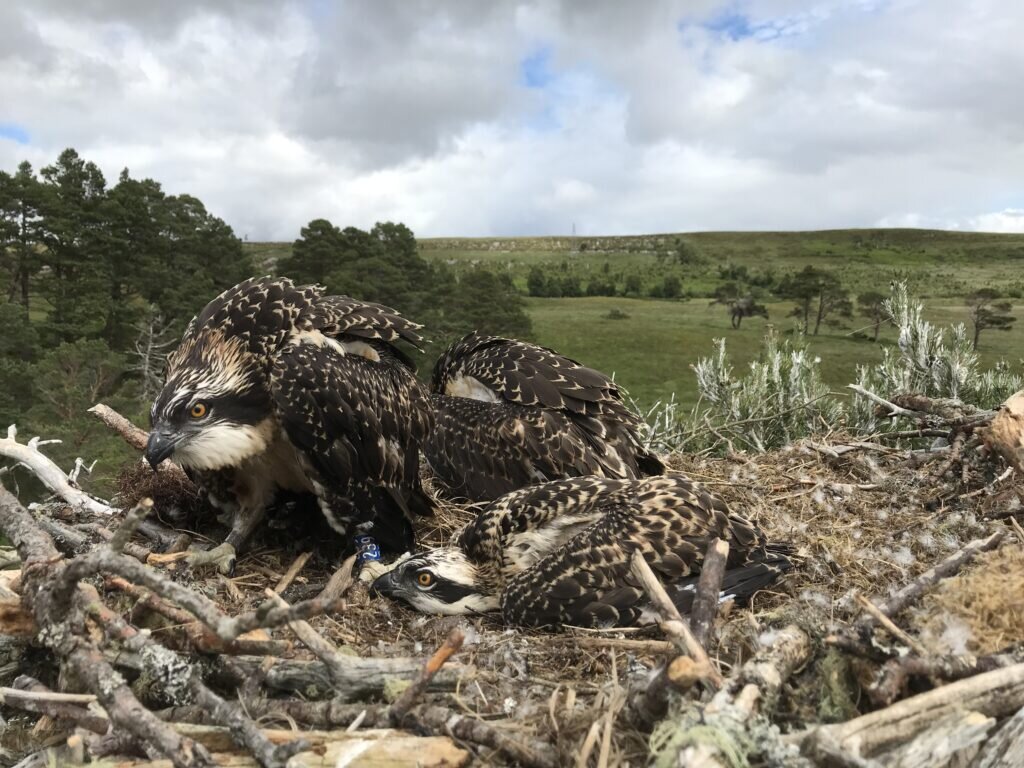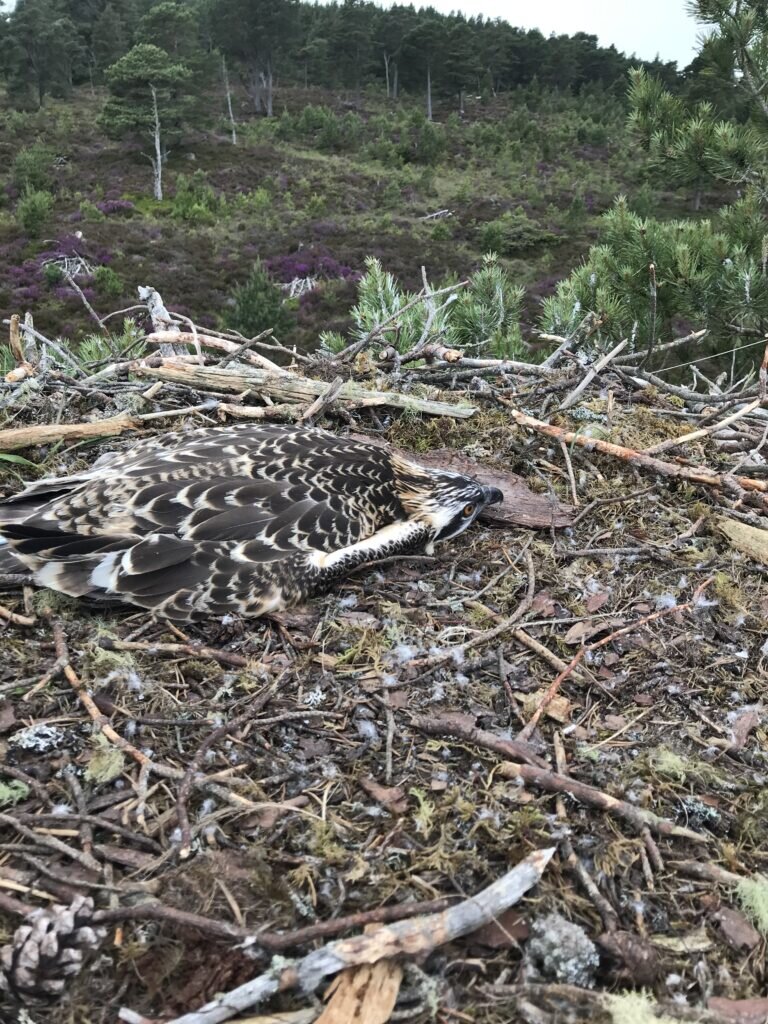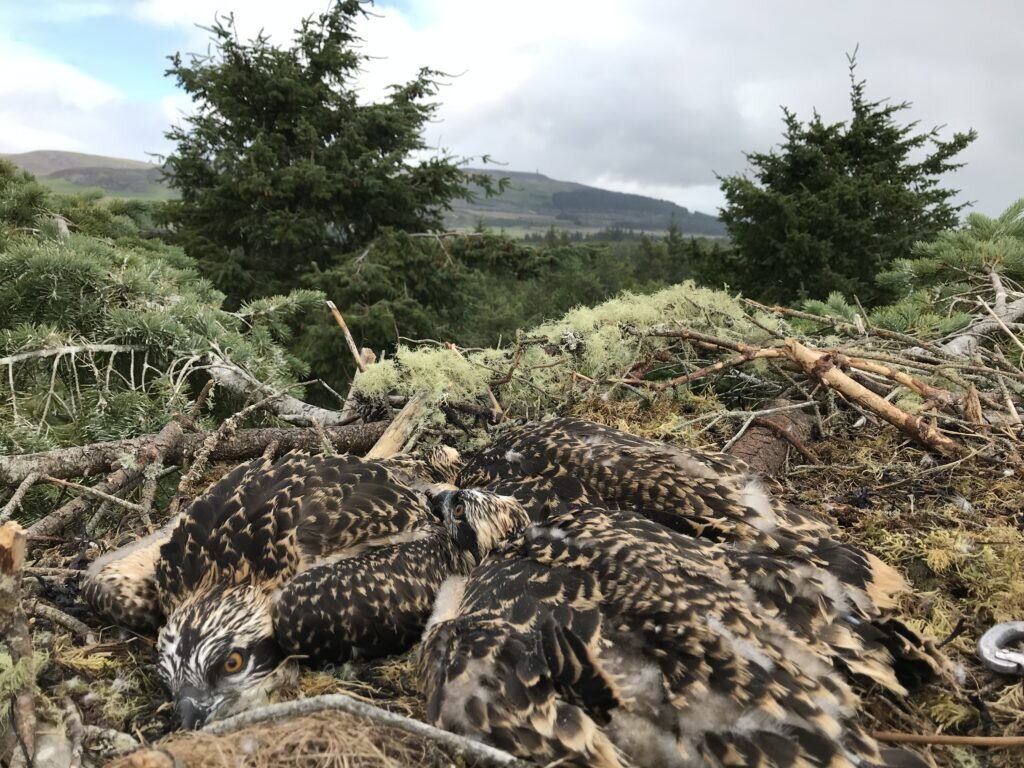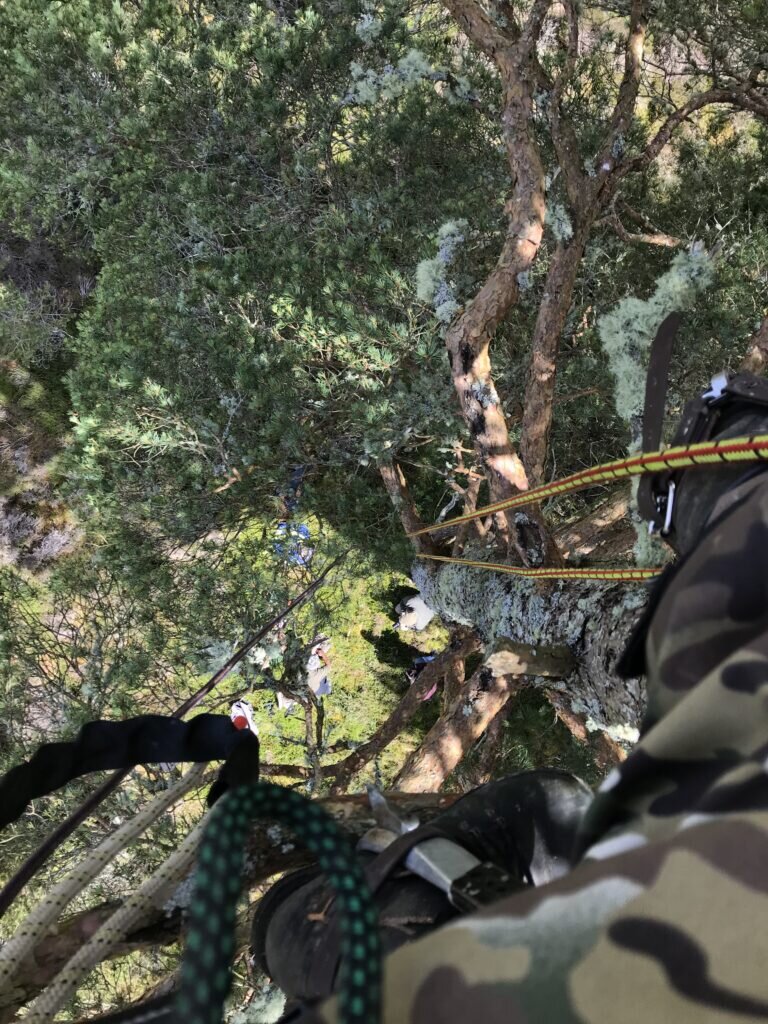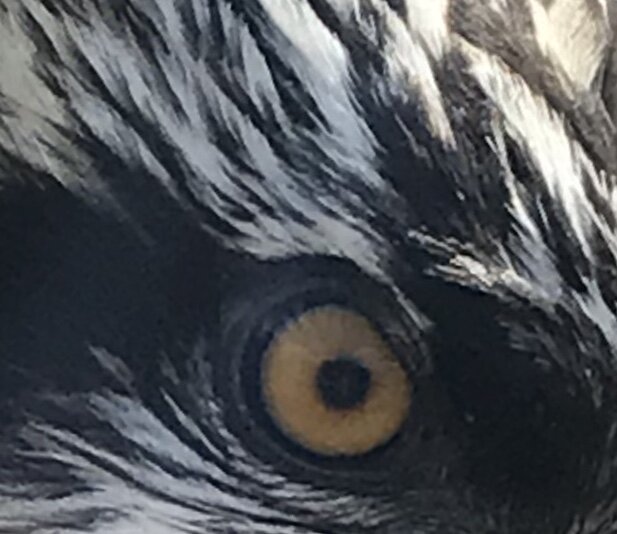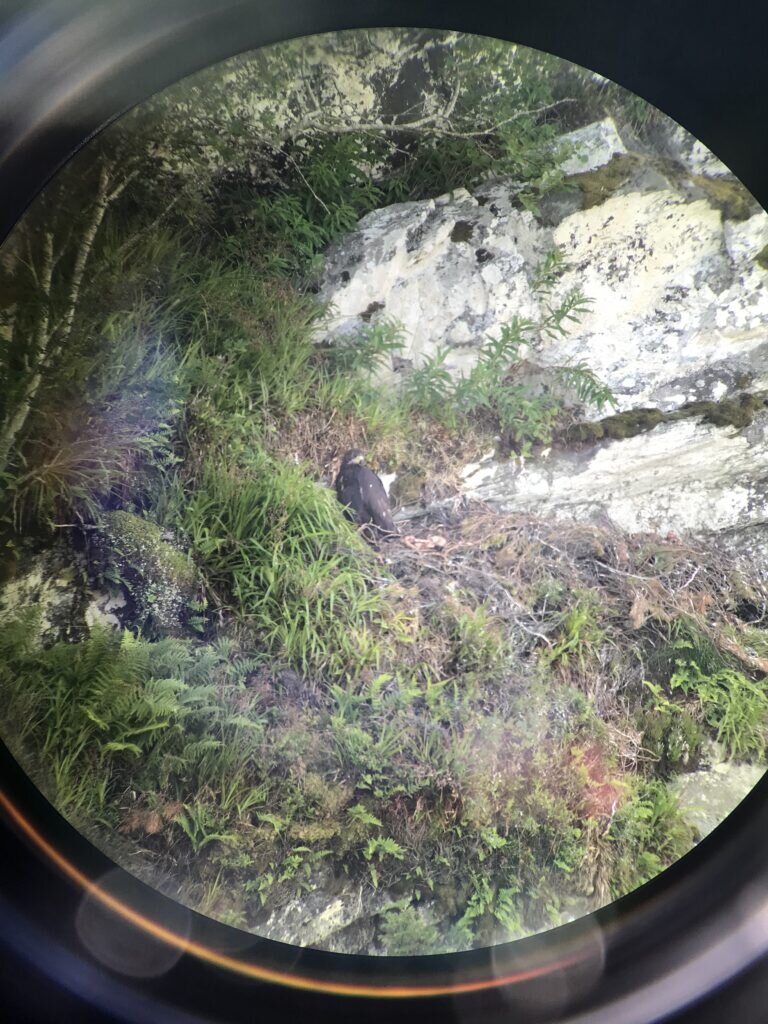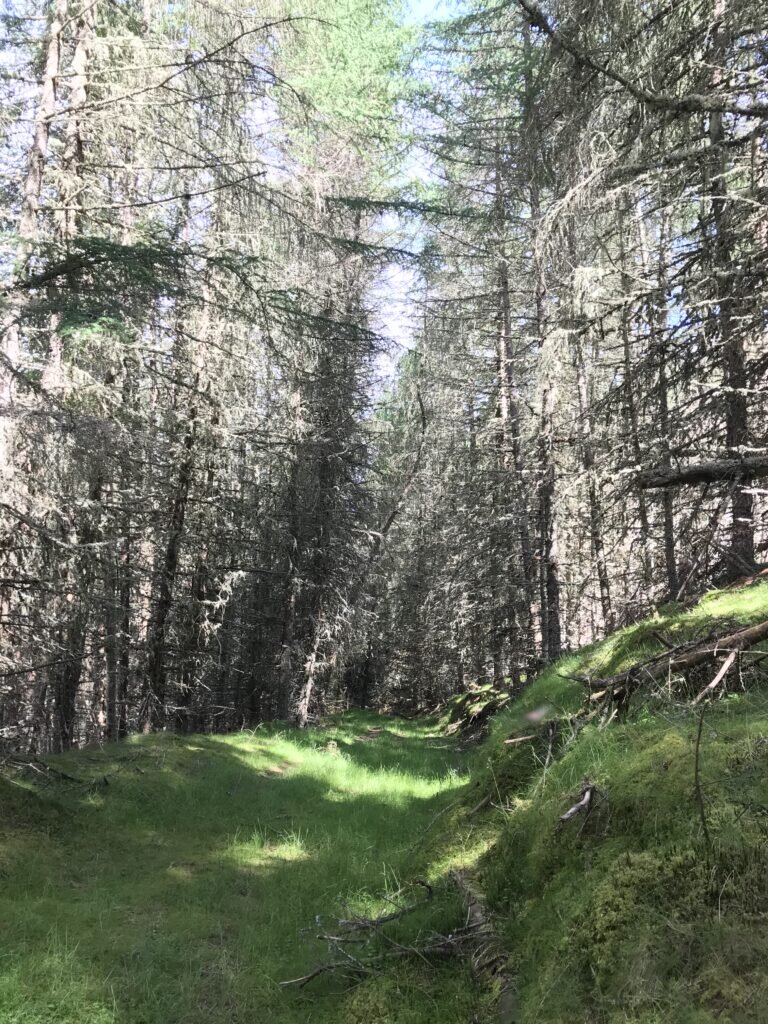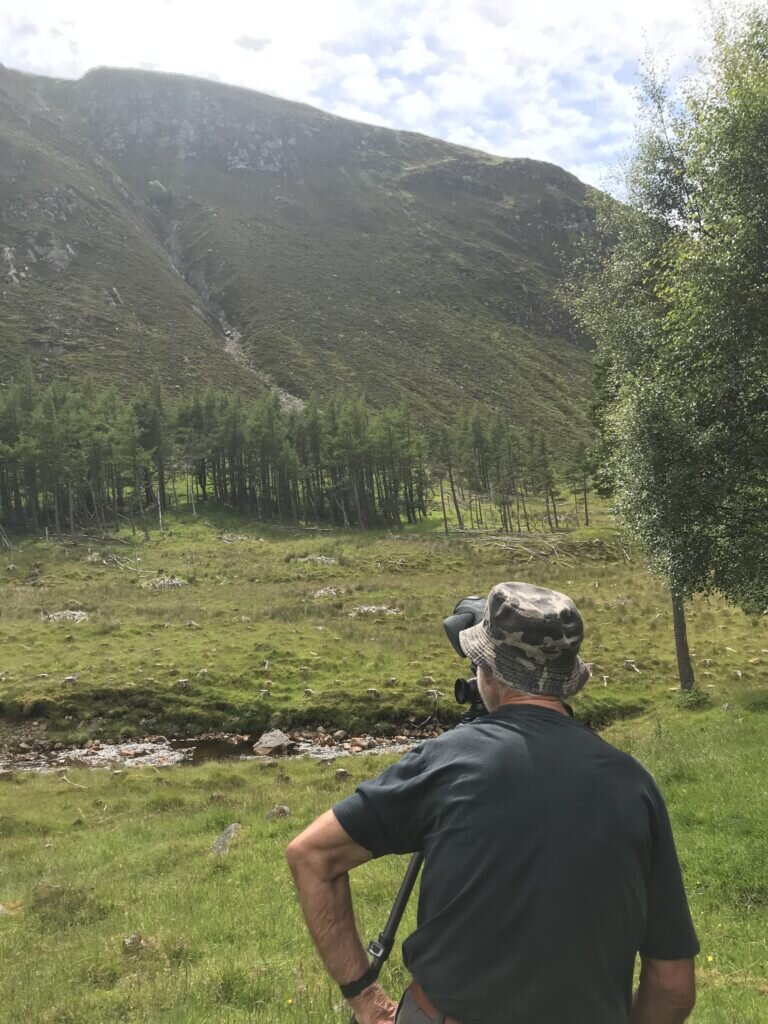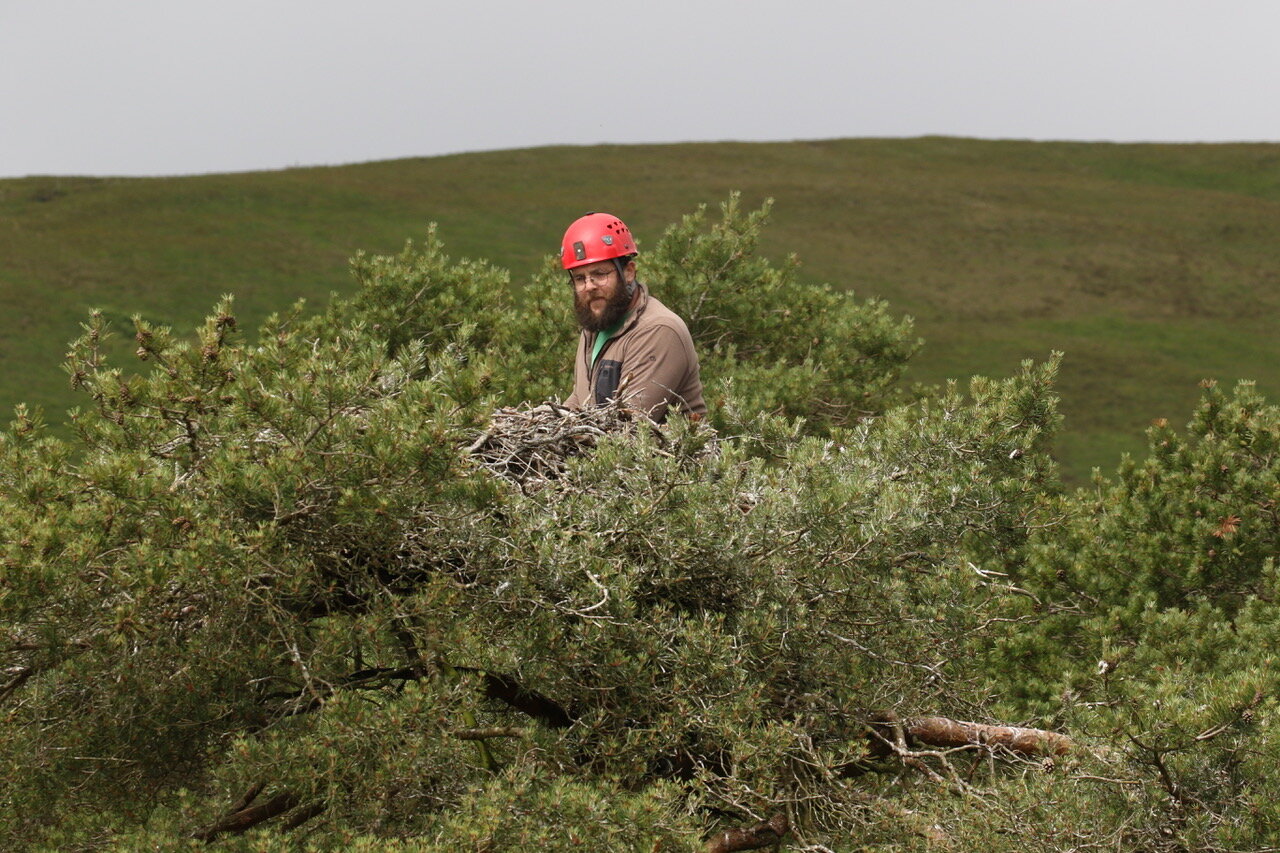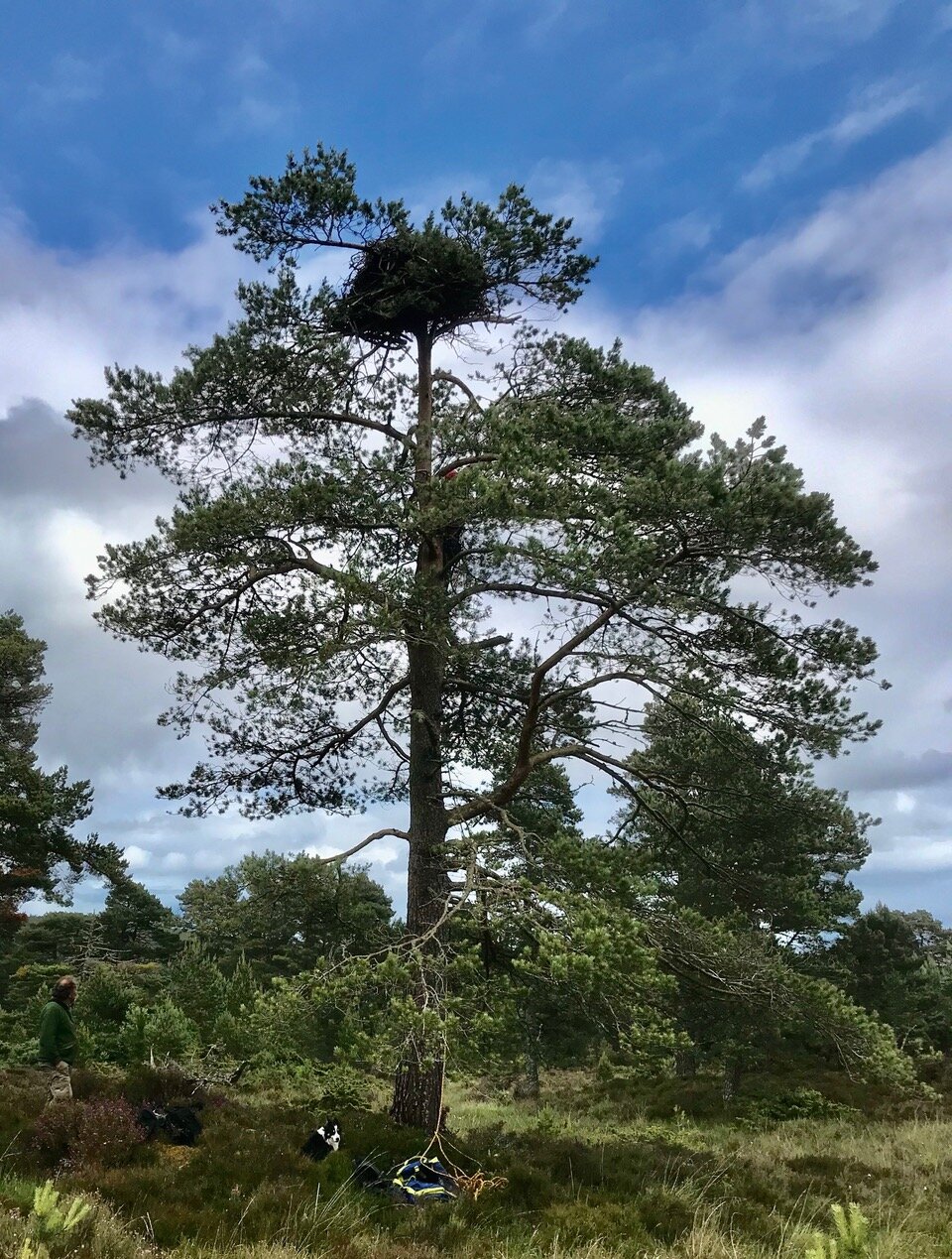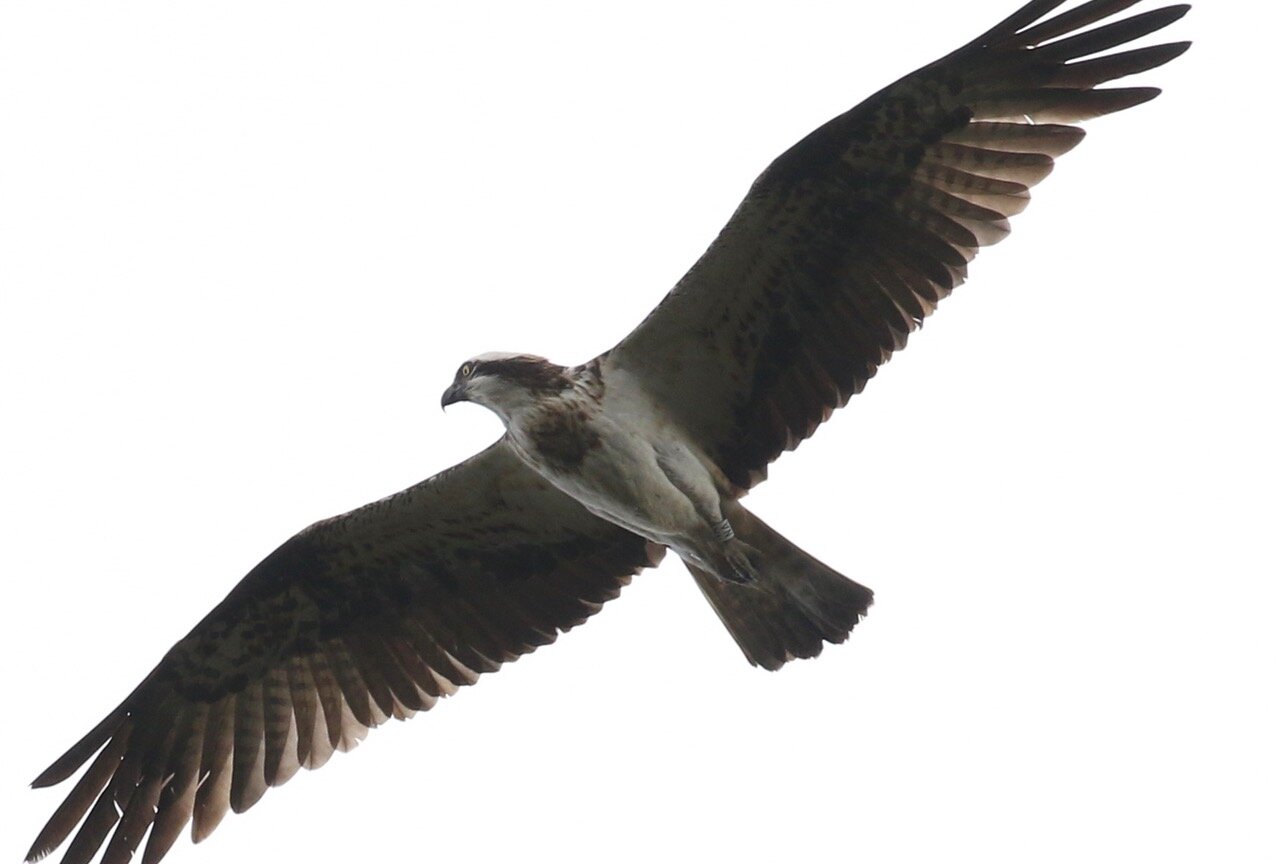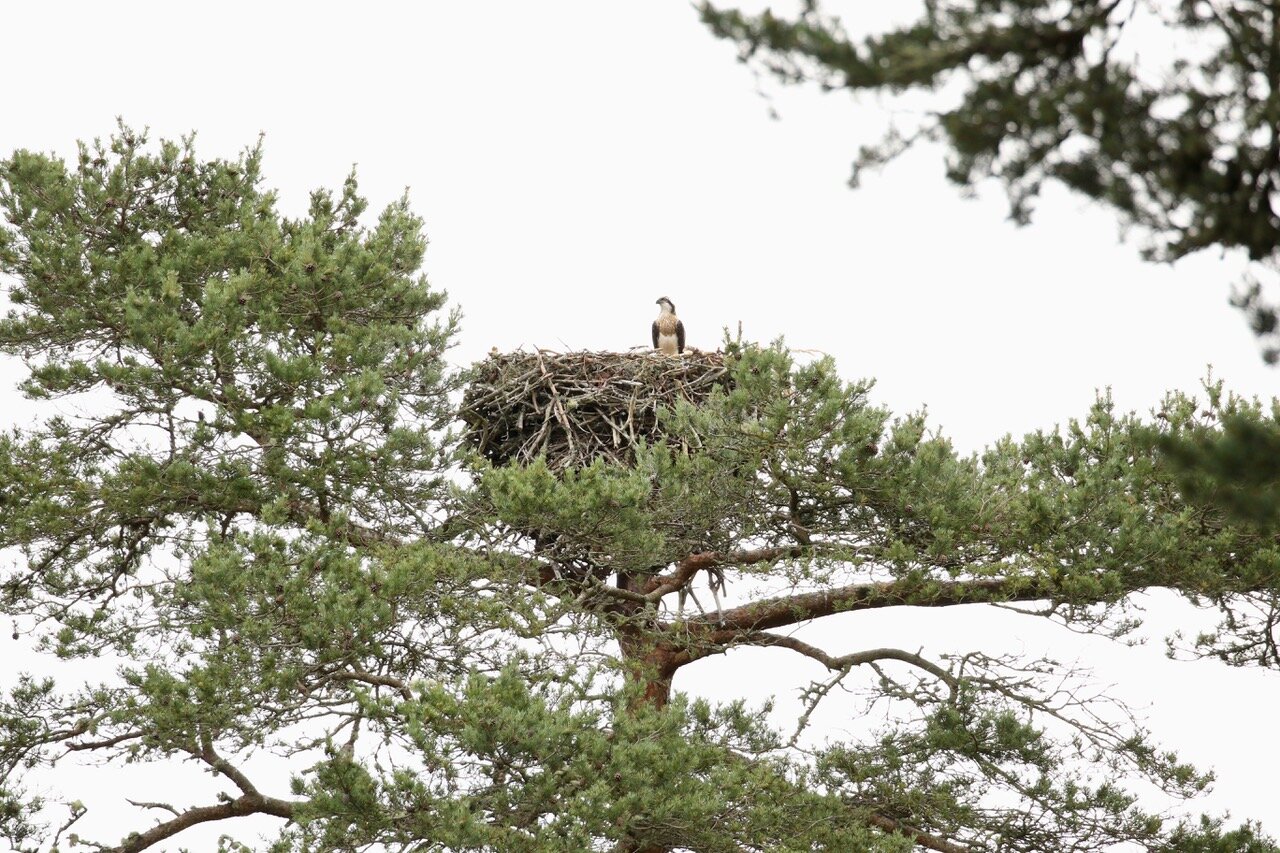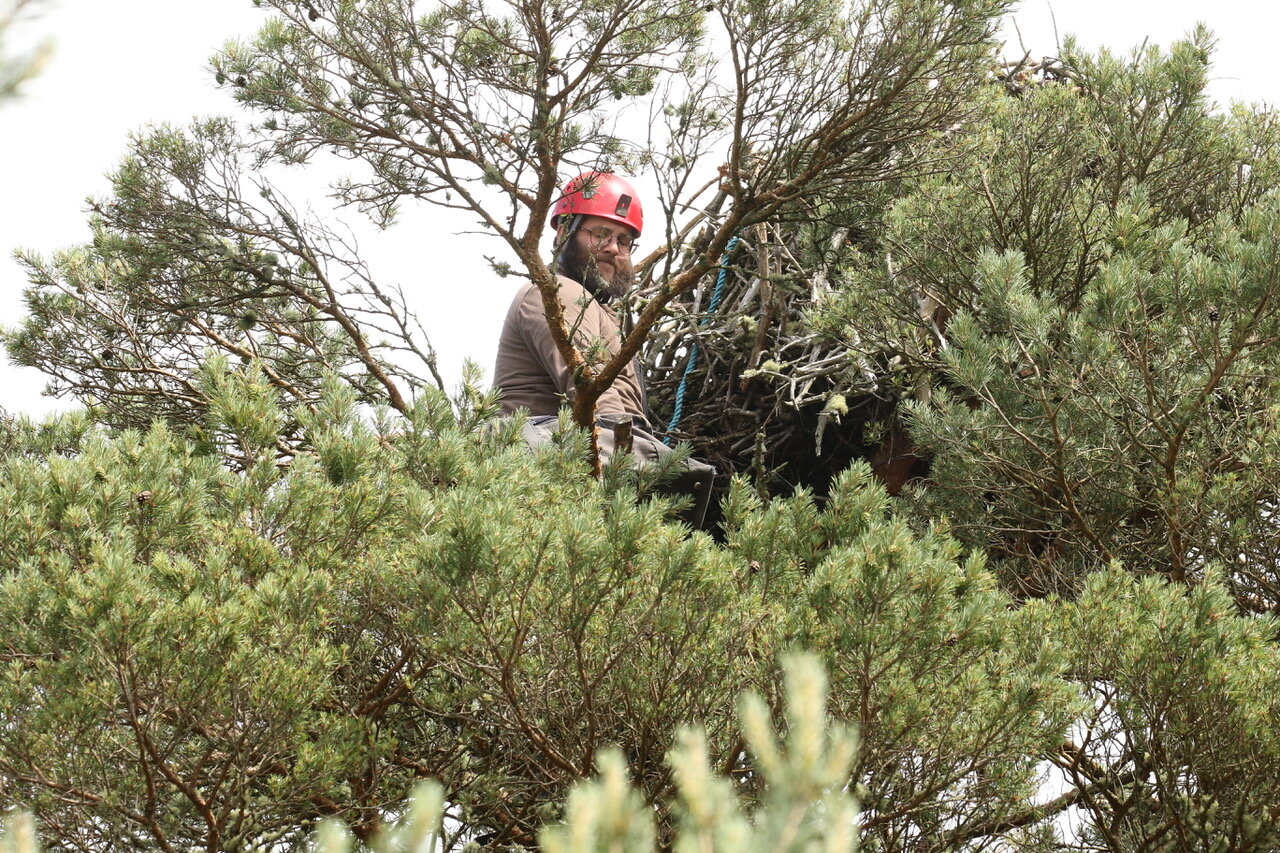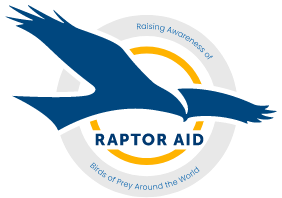Scotland 2020..... Part 1 - Ospreys and Eagles!
*I have added the photos in a gallery at the end of this blog, no cheating, read it all properly before enjoying the images which remain copyright of Raptor Aid CIO!
You probably don't need me to reinforce how crap 2020 has been in terms of normal life as we are used to but then I suppose and hope most of us can be grateful that we haven't been directly affected by Covid-19. As mentioned in my update blog monitoring raptors or birds of prey makes up a large part of my personal time and subsequently what I can then use to make Raptor Aid a current and hopefully meaningful charity that fulfils its charitable aim's and objective's. I'm a bit like grease when it comes to my raptor monitoring, I get everywhere!
This year due to the lock down I have had my wings clipped excuse the pun and subsequently not been able to monitor many species I usually would, it’s understandable in order to try and curb the spread of Covid but is still a hard pill to swallow because so many of the studies I'm involved in are long term and work on understanding trends in species population, reproduction, survival etc. Take the North Wales Peregrine study I am involved in which has been running for over 40 years and 2020 is only the second year my friend who began the study has missed monitoring the birds fully (The other year being foot & mouth so land access was restricted).
One of the places I am fortunate to visit to monitor raptors is the Highlands of Scotland, I'm very proud to say I'm a member of the Highland Raptor Study Group and even prouder to say that since my recent trip they as a group are happy to be associated with Raptor Aid and work with the charity in the future - watch this space. I am also incredibly lucky to meet and work with some absolute legends and experts in the world of raptor conservation, one such individual is Brian Etheridge. I won't go introducing Brian in detail now because the easiest way to do that is if you go back and watch the interview, I did with him during lock down on our FB page. I had rang Brian in May to ask about the opportunity to help with monitoring Osprey's as I had another friend who might require some assistance in the future, little did I know Brian would snap my hand off at the offer and in July I made the long drive north to help Brian and Adam from the group with some late Osprey nests.
Being a tree climber of sorts is a good skill to have, I quickly found it makes you desirable when it comes to monitoring birds of prey and to be honest, I find it hard to describe the feeling of excitement climbing into the nest of any raptor species never mind one as iconic as an Osprey. I stayed with my great friends Ash & Tracey Smith who always treat me like royalty and have the most beautiful B&B in a truly stunning part of the Highlands (Invercassley Cottage B&B) and also have a breeding pair of Barn owls in their garden that they wanted me to check and ring for them. I met Brian and Adam at the cottage after a good night’s sleep and headed off up the Glen near Ash & Tracy's cottage, to give you an idea how awesome a location it is they can have 3 pairs of Osprey nesting within a mile of the cottage along with passing White Tailed and Golden Eagle, breeding Merlin and so much more wildlife. We had two Osprey nests to check in this area and because Scotland had also been in lock down and it was late in the season for Osprey's to have young in the nest or at least safe to climb to we didn't know what we'd find. The first nest to our relief had one chick and some left-over fish in it, both adults in attendance circling high above keeping a watchful eye on events. The second nest had 3 chicks if I remember rightly and all were fitted with a metal BTO ring on one leg and a plastic Alpha-numeric colour ring on the other which is part of a long term and UK wide monitoring project.
I feel I should just point out to anyone reading this that is new to ringing and monitoring birds of prey that this work is carried out under licence which is renewed each year and training must be carried out so that the person(s) climbing, handling and fitting the rings are competent. At all times the welfare of the birds is at the forefront of our minds, Ospreys as a species are like a lot of the larger species, I have worked with in that they are very docile so handling them and taking bio-metrics is very straight forward. We tend to ring the chicks at a stage where desertion by the adults is never likely to happen as they have invested so much time into the chicks, so our 30 mins at the nest doesn't affect the outcome. The rings are specially made and fitted so that they cause no discomfort to the birds and the data that has been uncovered from the colour rings is quite astonishing. Scottish Ospreys are fitted with a blue colour ring with white alpha-numerals which read from the toes up and go on the left leg, metal BTO ring is fitted to the right leg.
Tree climbing is something I've done since a child and when I think back to the oak tree me and friends used to free climb it sends shivers down my spine. Nowadays I have all the gadgets and gear and can get up an 80ft straight clear pine in 15 minutes easily. I wouldn't dream of free climbing now; it only takes one lapse of concentration or slip and even a fall from 20ft and you're in big trouble. The hard part I found with the Osprey nest's is they are so bloody big and deep and tend to be situated right on the top of the tree so you have no anchor point above. When I say deep one of the nest's I climbed to was easily 4ft deep which means you have to hang out and over to get into it, even with a rope attached the thought of slipping and ending up in a full pendulum swing isn't my idea of fun. The nests are beautiful constructions though, branches stacked and interlinked from nearby pines and a soft layer of moss or heather the chicks can nestle on, it’s a bed fit for a king or queen of any loch. Possibly one of my favourite aspects of the tree climbing is sitting in the tree and getting an Osprey eye view across the landscape of their territory from the nest, in the highlands of Scotland its really quite special.
In total I think I climbed to 7 Osprey nests, a couple of others had already fledged and two had early signs of activity but no breeding. It’s worth remembering that Ospreys have made a fantastic recovery in the last 70 years with the bulk of the UK population being found in the Highlands. A bird that connects continents with its massive migration and the true master fisher of the bird of prey world they are really an incredible sight to see. The only problem now is that I've got the Osprey bug, Brian wants me back to climb and I need to have my Scottish fix every year.
I can't finish this blog there though so stick the kettle on again. I had set aside 4 days for the Scotland trip and there was no way I was going home early so with the Ospreys all done I was in for another real treat with Adam, fellow raptor man and member of the HRSG. Brian had commitments at home and so myself and Adam arranged to go and check on a couple of Golden eagle sites he monitors to see if they had been successful. Now Golden eagles were the species that brought me up to Scotland in the first place and met Brian, I try and cover 4 territories for him and was still yet to see an active eyrie (nest). I've had plenty of offers to go to a Golden eagle nest to help friends who also monitor them but I wanted my first time to be special (don't we all) and for it to be a nest I'd monitored from the beginning but as I knew we wouldn't be going directly to the nest I swallowed my raptor monitoring ego and went for what ended up being an incredible eagle experience.
I worked two things out going to the first site which was up a super steep woodland track for maybe 1km (I may exaggerate the distance) but it was long enough to get a fat bugger like me gasping for air, sweating like a one-armed brick layer and struggling to keep up with a sprightly 76-year-old Adam! The second thing I worked out was when the sole of your boots come off, using screws to put it back in place is really stupid, no matter how short you think the screws are one will find the heel of your foot!! Anyway hobbling, huffing and perspiring my way along was all worth it when we edged across the moor and round to see across the rocky outcrop, Adam glanced at the eyrie location and at first thought we'd missed the chick, it had fledged but one thing I have despite wearing glasses is sharp eyes for a raptor. There stood to the left of the eyrie was a darker than normal object which on closer inspection with the scope proved to be the eagle chick, WHACK there and then I had the same emotion that I experienced in the Philippines when I first saw the nest of a Philippine eagle chick hitting me again. It’s the oddest warm sensation like I’ve wet myself and your smile physically feels like it goes from ear to ear, I probably could have cried if I'd have been alone!
We left this chick in peace knowing that if it hadn't already it was very close to making its first maiden voyage and unsurprisingly, I danced back down to the car without the hint of a screw in the heel or a wish I didn't love pizza just as much as raptors. The second site was on a private estate which if memory serves me correct is home to three territories and a great spot for observing Golden Eagles. A large part of a Golden eagle’s diet is made up of carrion and so stalking with its subsequent gralloch and deer populations help sustain this species as does a healthy Mountain hare population, unfortunately this species is not mighty enough to be out of reach from persecution and many Golden eagles have been killed and/or gone missing under suspicious circumstances. Recent scientific papers have shown that persecution is one of the main limiting factors in the expansion of Golden eagles across large parts of Scotland, all you have to do is google Golden eagle persecution UK and it makes for sad reading. Out on the hill with people like Brian and Adam it really drives home the issues of persecution, these guy's see it first hand, huge areas of what would be considered perfect eagle habitat devoid of any breeding eagles. It’s worth pointing out that you don't have to kill an eagle to suppress its numbers, Golden eagles are very susceptible to disturbance in their early stages of the breeding cycle and Brian has told me of personal experience where something as simple as hanging a red coat on a border fence in view of an eagle eyrie has been enough to make the birds desert a nest site and any attempt at raising a chick that year.
The second site was a flat walk in but on a stony path so I opted for a sensible screw less heel and a gallon of Lucozade intravenously plumbed into my vein for maximum glucose effect, I remember Adam, a true man of the hill had an apple and left me for dust. The scenery was honestly something special like out of Lord of the Rings, two huge heather/bracken escarpments either side of us as we followed a meandering stream all the way to an old nest site on one side and two previously used ones on the other. It's worth pointing out two things at this stage about monitoring Golden eagles, it’s not bloody easy first of all, unlike Ospreys, just because they have used a nest site one year doesn't mean they'll use it the following year or even stay in the same glen! Secondly, spotting an eyrie on a ledge or a rock face even if you know roughly from the previous year where is difficult, jump on google and type in golden eagle nest and you may be presented with a lovely big stick nest fit for the king of birds but many of them can just be flattened grassy ledges behind or under a rocky outcrop or bush. The fantastic knowledge of Brian, Adam and Stuart Benn in the study group has taught me you have to watch the birds, let them show you - again easier said than done.
We set up the scope where Adam was sure they had decided to settle for this year’s breeding attempt but he'd not had chance to check it this year at all so it was a waiting game. The chances of seeing an adult the nest was incredibly slim A) because if they'd failed or not attempted, they wouldn't need to visit and B) at this stage if there was a chick it would be well grown and often adults will cut down visits sometimes in an attempt to encourage the chick to fledge. Scoping the nest from over 400 metres below is tricky and Adam wasn't convinced there was any activity but when I looked two things caught my eye, to the left of the supposed nest there was something white that stood out, it could either be a piece of down on the vegetation or shit, both possible from a growing chick and then on the right there was a darker shape or object that just didn't fit in with the rest of the image and looked remarkably like the same colour of the chick we'd seen in the first nest. As you may have experienced before your mind and eyes can often make something look or appear like something you want it to be but then this dark object bloody moved! I was sure it moved like the flick or preen of a wing, Adam had a look and I think was on my wavelength and not humouring me, then it moved again and sure enough it was a Golden eagle chick lying on its belly enjoying the sun and view across its natal territory, high-5's all around and as if I thought it couldn’t get any better I found an uneaten Cadbury caramel chocolate bar at the bottom of my rucksack - get in there!
This chick was also of an age where it won't have been far from fledging but when I inquired to Adam about has, he ever rung a chick at this nest and he said yes, we have to walk up that vertical slope!! I realised no more choccy for tubby Hill if I want to get up there in 2021! I could have carried Adam back to the car though I was so ecstatic with what I’d seen and once again it was made all the more enjoyable by sharing it with someone like Adam, another amazingly committed conservationist working for a better future for our birds of prey!
I got back to the cottage to be met by what I can only describe as an uncontrollably excited adult in the shape of Ash waiting to hear of my days exploits and to ring his Barn owl chicks. That and the Hen harriers can wait until part 2!
